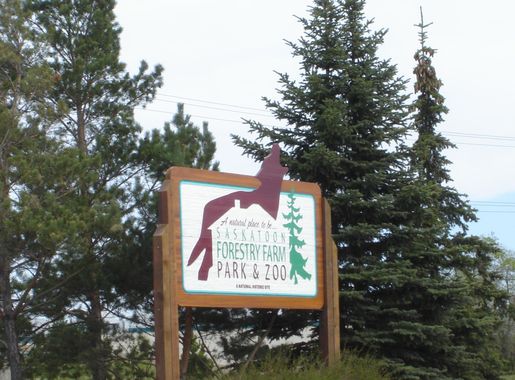
Saskatoon: The Heart of the Prairies
Discover Saskatoon, the vibrant heart of the Canadian prairies, with its rich history, stunning river views, diverse art scene, and delicious culinary offerings.
Saskatoon, located in the Canadian province of Saskatchewan, is a vibrant and welcoming city known for its rich history and beautiful landscapes. This charming city, often referred to as the 'Paris of the Prairies,' is nestled along the South Saskatchewan River, offering stunning river views and picturesque walking trails. Saskatoon is a cultural hub with a diverse art scene. The Remai Modern art museum, with its impressive collection of Picasso linocuts, is a must-visit for art enthusiasts. The city also boasts several festivals throughout the year, including the Saskatoon Jazz Festival and the SaskTel Saskatchewan Jazz Festival, which attract music lovers from all over. The city's culinary scene is not to be missed. From farm-to-table restaurants to local breweries, Saskatoon offers a taste of the prairies that will delight any food lover. The Saskatoon Farmers' Market is the perfect place to sample fresh, local produce and artisanal goods. Nature lovers will appreciate the Meewasin Valley trails, which provide excellent opportunities for hiking, biking, and bird watching. The nearby Wanuskewin Heritage Park offers a glimpse into the history and culture of the indigenous peoples of the area. With its friendly locals, vibrant culture, and beautiful landscapes, Saskatoon is a hidden gem in the heart of Canada that promises an unforgettable experience for travelers.
Local tips in Saskatoon
- Visit the Remai Modern art museum for an extensive collection of contemporary art.
- Explore the Meewasin Valley trails for scenic walks and outdoor activities.
- Check out the Saskatoon Farmers' Market for fresh, local produce and unique crafts.
- Plan your visit around one of the city's many festivals to experience local culture and music.
- Take a trip to Wanuskewin Heritage Park to learn about indigenous history and culture.
Saskatoon: The Heart of the Prairies
Saskatoon, located in the Canadian province of Saskatchewan, is a vibrant and welcoming city known for its rich history and beautiful landscapes. This charming city, often referred to as the 'Paris of the Prairies,' is nestled along the South Saskatchewan River, offering stunning river views and picturesque walking trails. Saskatoon is a cultural hub with a diverse art scene. The Remai Modern art museum, with its impressive collection of Picasso linocuts, is a must-visit for art enthusiasts. The city also boasts several festivals throughout the year, including the Saskatoon Jazz Festival and the SaskTel Saskatchewan Jazz Festival, which attract music lovers from all over. The city's culinary scene is not to be missed. From farm-to-table restaurants to local breweries, Saskatoon offers a taste of the prairies that will delight any food lover. The Saskatoon Farmers' Market is the perfect place to sample fresh, local produce and artisanal goods. Nature lovers will appreciate the Meewasin Valley trails, which provide excellent opportunities for hiking, biking, and bird watching. The nearby Wanuskewin Heritage Park offers a glimpse into the history and culture of the indigenous peoples of the area. With its friendly locals, vibrant culture, and beautiful landscapes, Saskatoon is a hidden gem in the heart of Canada that promises an unforgettable experience for travelers.
When is the best time to go to Saskatoon?
Iconic landmarks you can’t miss
Landmark Cinemas Saskatoon
Discover the magic of movies at Landmark Cinemas Saskatoon, where cinematic experiences come to life in style and comfort.
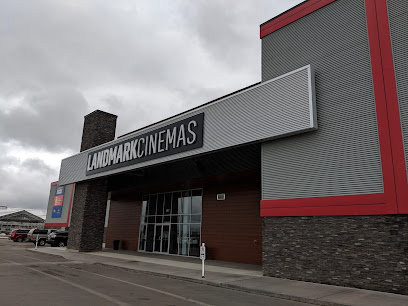
Saskatoon Forestry Farm Park & Zoo
Experience the beauty of nature and wildlife at Saskatoon Forestry Farm Park & Zoo, a must-visit destination for families and nature enthusiasts.
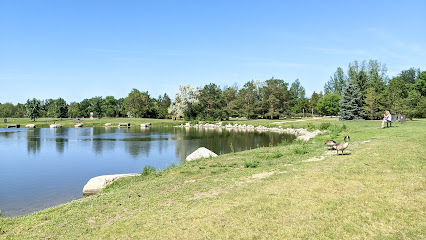
Kinsmen Park
Explore Kinsmen Park, a vibrant green space in Saskatoon, featuring an amusement park, public art, and serene walking paths for all ages.
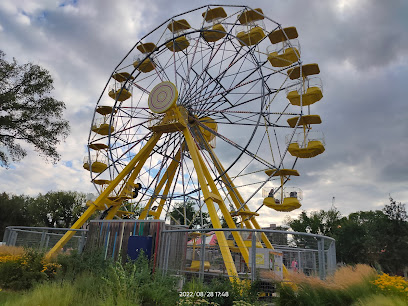
Remai Modern
Explore Remai Modern, Saskatoon's premier modern art museum, where creativity and culture come alive in every corner.
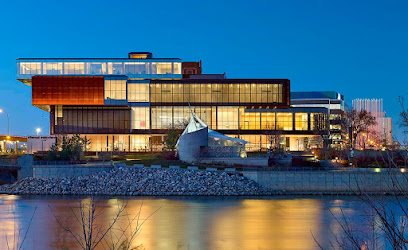
Nutrien Playland at Kinsmen Park
Discover the joy of amusement at Nutrien Playland in Saskatoon, where thrilling rides and family fun await in a beautiful park setting.
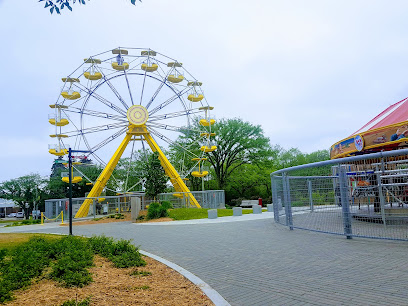
Wanuskewin
Discover the rich history and vibrant culture of Indigenous peoples at Wanuskewin, a unique heritage museum and cultural center in Saskatchewan.
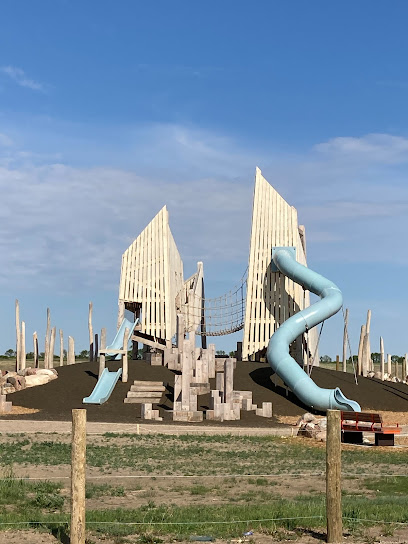
Hotel Senator
Discover historic elegance and modern comfort at Hotel Senator, the perfect base for exploring Saskatoon’s vibrant culture and attractions.

Nutrien Wonderhub
Discover a world of creativity and exploration at Nutrien Wonderhub, Saskatoon's premier children's museum filled with interactive fun and learning opportunities.

The Prairie Lily
Discover the beauty of Saskatoon from the water aboard The Prairie Lily, offering scenic cruises, delightful dining, and unforgettable events.
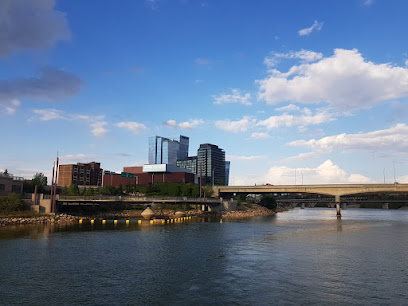
Beaver Creek Conservation Area
Discover the breathtaking landscapes and diverse wildlife at Beaver Creek Conservation Area, a premier nature preserve near Saskatoon.
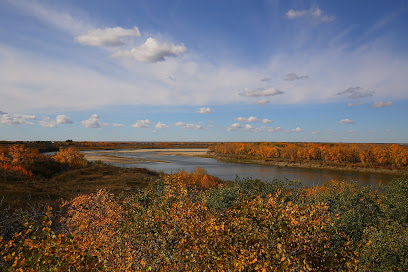
Merlis Belsher Place
Discover the excitement of Merlis Belsher Place in Saskatoon, a sports complex offering diverse recreational activities and thrilling events for all ages.
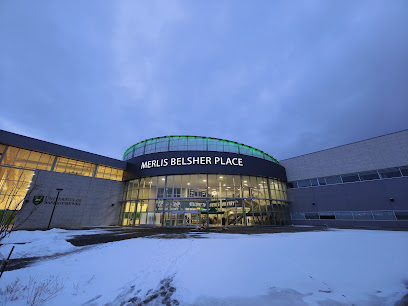
Black Fox Farm and Distillery - Premium Gin & Whisky
Experience the art of craft distilling at Black Fox Farm and Distillery, where premium gin and whisky meet the beauty of Saskatchewan's farming heritage.
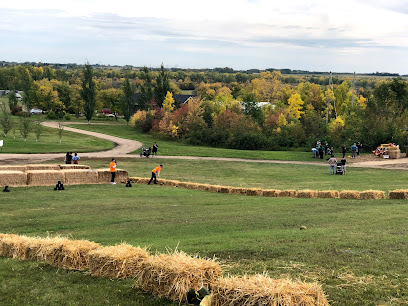
Sutherland Automotive Speedway
Feel the adrenaline at Sutherland Automotive Speedway, a premier racing venue in Saskatoon offering thrilling events and an electrifying atmosphere for motorsport fans.
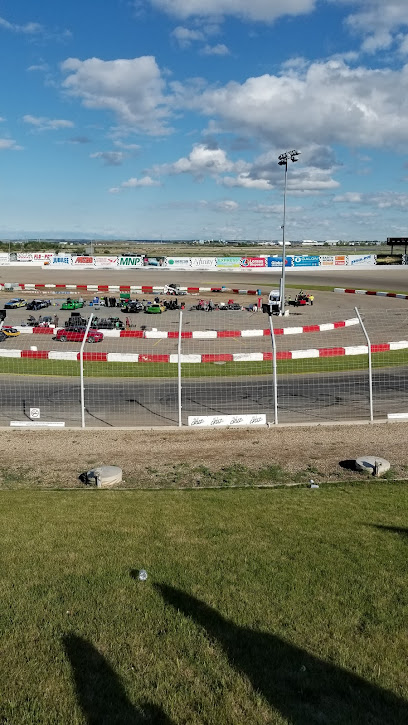
River Landing Spray Park
Experience the joy of water play at River Landing Spray Park, Saskatoon's premier destination for family fun and summer refreshment.
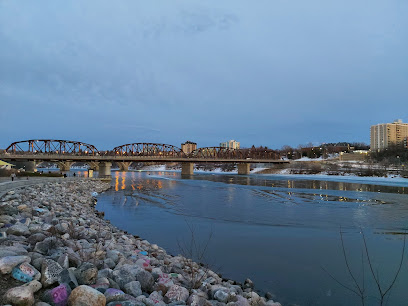
SaskMade Marketplace
Explore SaskMade Marketplace for the finest local gourmet foods, unique gifts, and authentic Saskatchewan souvenirs in Saskatoon.
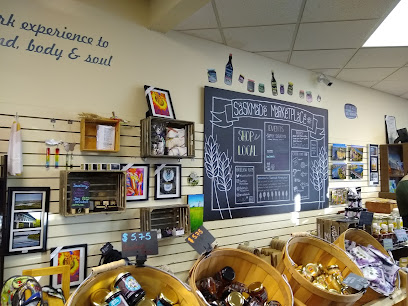
Unmissable attractions to see
Saskatoon Forestry Farm Park & Zoo
Explore nature and wildlife at Saskatoon Forestry Farm Park & Zoo, a family-friendly attraction blending education with outdoor fun in Saskatchewan.
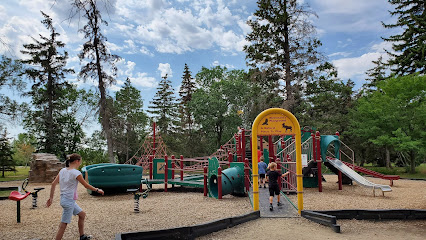
Western Development Museum (WDM) - Saskatoon
Discover the rich history of Saskatchewan at the Western Development Museum in Saskatoon – a captivating journey through time.
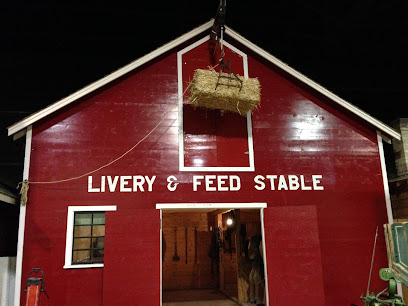
Kinsmen Park
Discover Kinsmen Park in Saskatoon: A vibrant amusement park and tranquil green space perfect for families and outdoor enthusiasts.
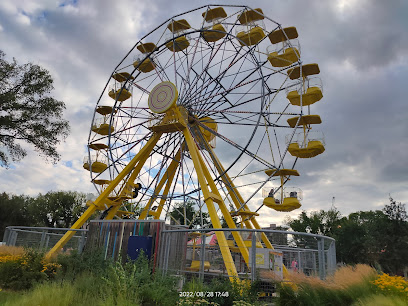
Remai Modern
Explore contemporary art and local culture at Remai Modern, Saskatoon's premier modern art museum, featuring unique exhibitions and a vibrant atmosphere.
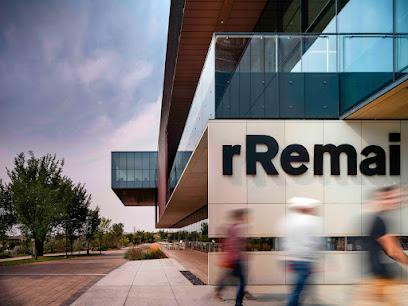
South Saskatchewan River Weir
Explore the natural beauty of the South Saskatchewan River Weir in Saskatoon, a serene park perfect for relaxation and outdoor activities.

Nutrien Playland at Kinsmen Park
Experience the thrill and joy at Nutrien Playland, Saskatoon's premier amusement park, perfect for families and thrill-seekers alike.
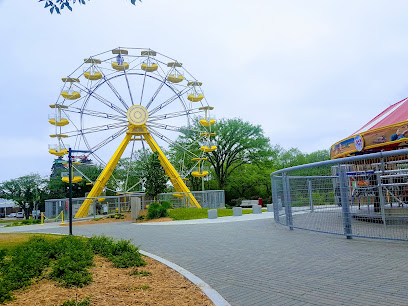
Wanuskewin
Discover the rich Indigenous heritage and stunning natural landscapes of Wanuskewin, a unique cultural attraction near Saskatoon.
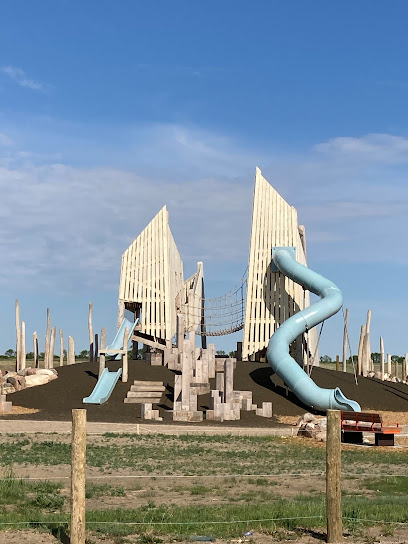
Diefenbaker Park
Discover the beauty of Diefenbaker Park in Saskatoon, a lush urban escape perfect for outdoor activities and family fun.
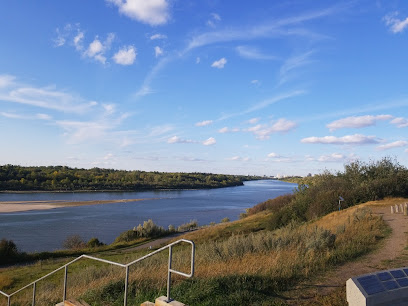
Meewasin Park
Explore the natural beauty and recreational wonders of Meewasin Park in Saskatoon, a perfect destination for relaxation and outdoor adventures.
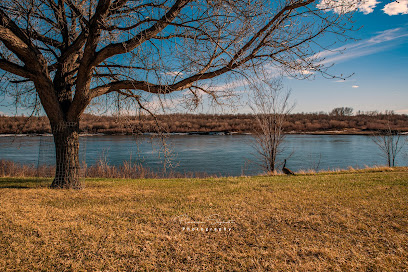
Kiwanis Memorial Park
Explore the lush landscapes and recreational delights of Kiwanis Memorial Park in the heart of Saskatoon, a must-visit urban oasis.
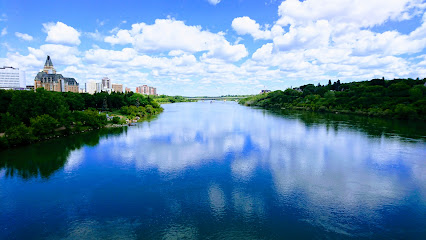
Gabriel Dumont Park
Explore the natural beauty and vibrant wildlife of Gabriel Dumont Park, a premier destination for relaxation and recreation in Saskatoon.

Cranberry Flats Conservation Area
Explore the natural beauty of Cranberry Flats Conservation Area in Saskatoon, a serene escape for nature lovers and outdoor enthusiasts alike.

The Prairie Lily
Discover the scenic beauty and rich heritage of Saskatoon aboard The Prairie Lily, a charming riverboat offering unforgettable cruises and events.
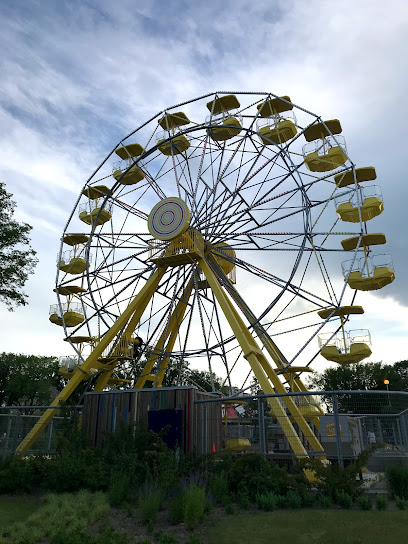
Beaver Creek Conservation Area
Explore the natural beauty and wildlife of Beaver Creek Conservation Area, a tranquil nature preserve near Saskatoon, perfect for outdoor enthusiasts and nature lovers.
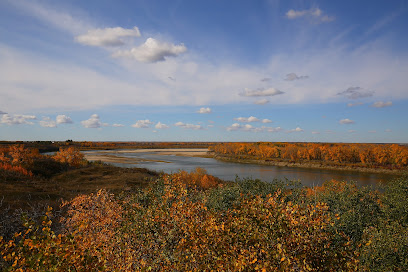
Ashworth Holmes Park
Explore Ashworth Holmes Park in Saskatoon - a serene retreat with lush landscapes, recreational activities, and community spirit.
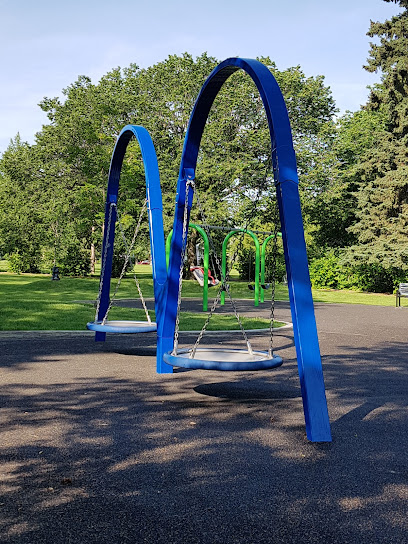
Essential places to dine
Las Palapas Resort Grill
Experience authentic Mexican cuisine blended with Caribbean flavors at Las Palapas Resort Grill in Saskatoon – a true culinary adventure awaits!
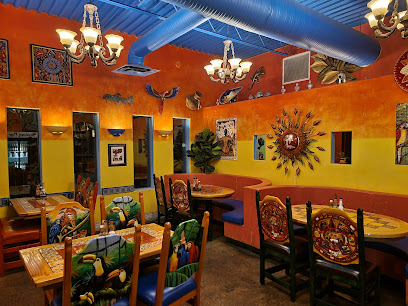
Mano's Restaurant & Lounge
Experience the vibrant flavors of Saskatoon at Mano's Restaurant & Lounge - where culinary excellence meets warm hospitality.

Earls Kitchen + Bar
Experience culinary excellence at Earls Kitchen + Bar in Saskatoon - where diverse flavors meet vibrant atmosphere.
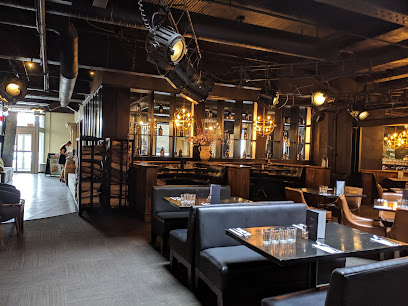
Cactus Club Cafe Saskatoon
Experience culinary excellence at Cactus Club Cafe Saskatoon - where modern dining meets a vibrant atmosphere.
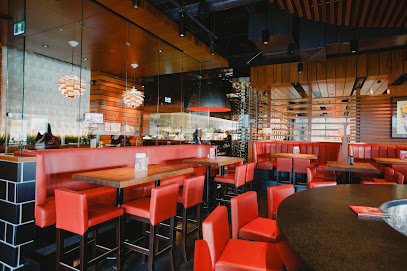
Filosophi Wise Cuisine
Experience the essence of fine dining at Filosophi Wise Cuisine in Saskatoon, where local flavors meet culinary artistry.
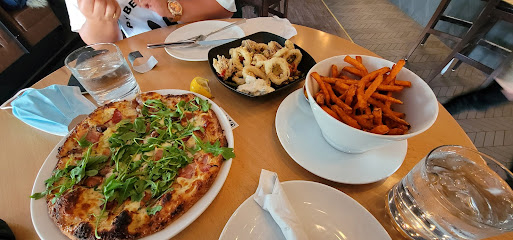
Olive Garden Italian Restaurant
Discover authentic Italian flavors at Olive Garden in Saskatoon – where every meal is a celebration of taste and tradition.
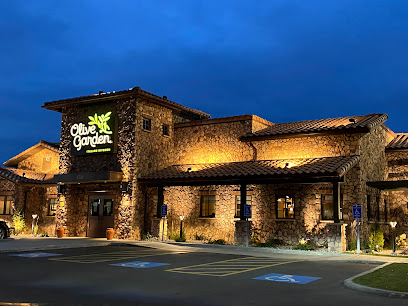
Taverna Italian Kitchen + Bar
Experience authentic Italian cuisine at Taverna Italian Kitchen + Bar in Saskatoon – where every dish tells a story of flavor.
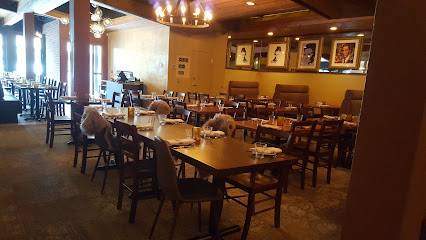
The Old Spaghetti Factory (Saskatoon)
Experience the best of Italian cuisine at The Old Spaghetti Factory in Saskatoon - where every dish tells a story.
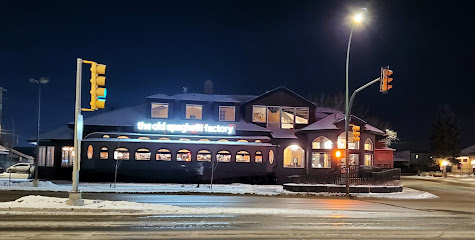
Hometown Diner
Discover Hometown Diner in Saskatoon - where delicious breakfasts meet warm hospitality in a cozy setting.
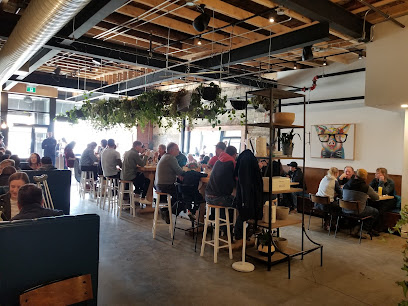
Broadway Cafe
Experience delightful breakfasts and aromatic coffees at Broadway Cafe in Saskatoon - where every meal feels like home.
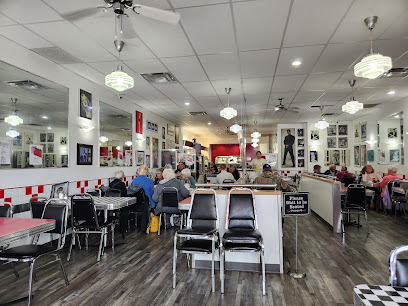
UNA pizza + wine - Saskatoon
Experience the best of pizza and wine at UNA Pizza + Wine in Saskatoon – where every bite tells a story.
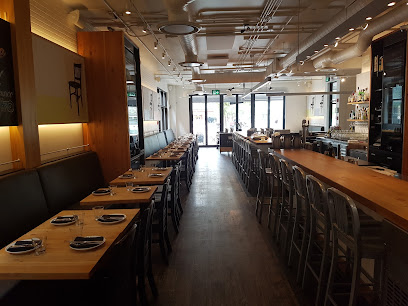
Bon Temps Cafe
Discover authentic Cajun cuisine at Bon Temps Cafe in Saskatoon - where every dish tells a story and every bite is a celebration.
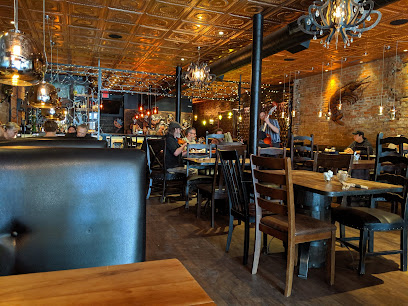
The Rook & Raven Pub
Experience the warmth of Canadian hospitality at The Rook & Raven Pub in Saskatoon – where great food meets vibrant atmosphere.
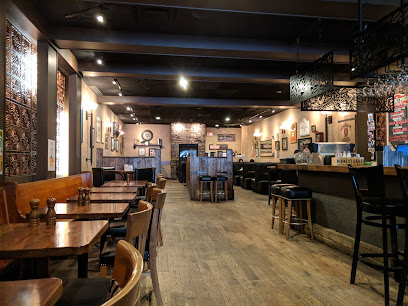
Moxies Saskatoon Restaurant
Discover Moxies Saskatoon: A vibrant grill restaurant offering diverse dishes in an inviting atmosphere for every occasion.
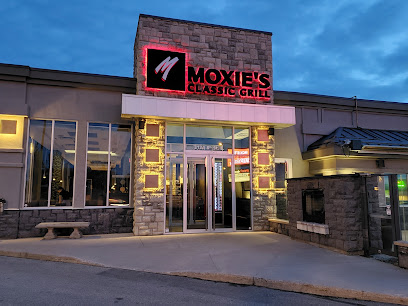
Granada House
Experience family-friendly dining at Granada House in Saskatoon—where diverse flavors meet warm hospitality.
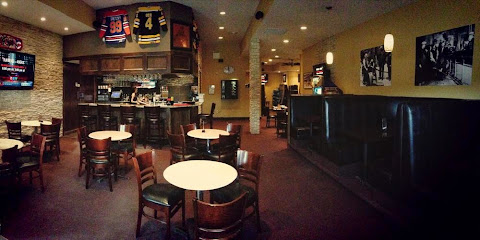
Markets, malls and hidden boutiques
Midtown
Explore Midtown in Saskatoon: A premier shopping mall offering diverse stores, delicious food, and a vibrant atmosphere for all visitors.

The Centre Mall
Discover a perfect blend of shopping, dining, and entertainment at The Centre Mall in Saskatoon, a must-visit destination for all travelers.
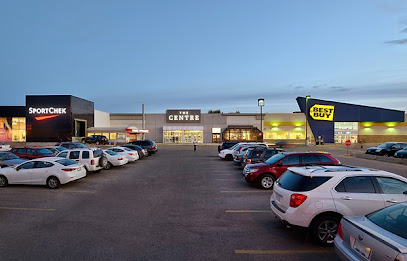
Confederation Mall
Discover the vibrant shopping experience at Confederation Mall in Saskatoon, featuring diverse stores, delicious dining options, and exciting events for everyone.

Amazing Stories
Explore Amazing Stories in Saskatoon, where comic book lovers and gamers unite in a vibrant atmosphere of creativity and fun.
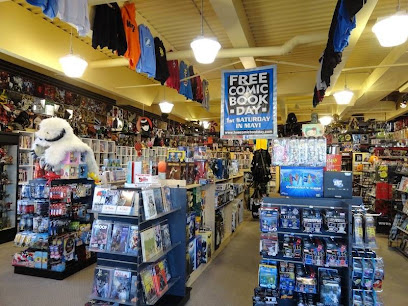
The Shoppe
Experience the taste of Saskatoon at The Shoppe – a charming café offering exquisite pastries, gourmet coffees, and delightful brunch options.

4th Quarter Vintage
Explore 4th Quarter Vintage in Saskatoon for an unforgettable treasure hunt of unique, sustainable clothing and accessories.

Glitch Gifts and Novelties
Explore a treasure trove of artistic handicrafts, candies, and quirky novelties at Glitch Gifts and Novelties in Saskatoon.
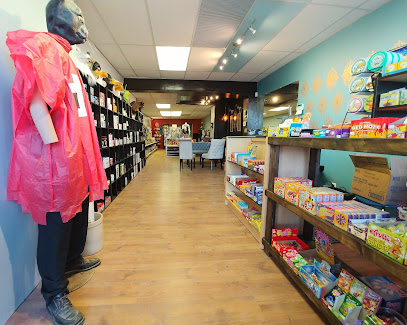
Momentum Clothing
Explore Momentum Clothing in Saskatoon for trendy outfits, stylish bags, and quality sportswear that cater to all fashion lovers.
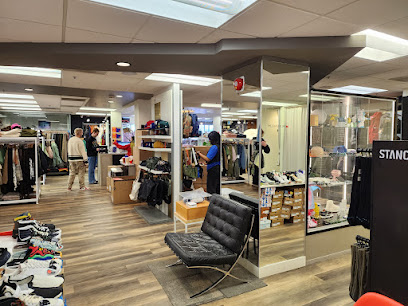
SaskMade Marketplace
Experience the essence of Saskatchewan at SaskMade Marketplace, your go-to spot for local gourmet foods, unique gifts, and delightful souvenirs.
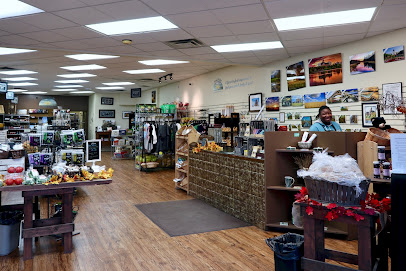
The Sandbox in the City
Explore The Sandbox in the City for a unique selection of women's fashion, blending local charm with contemporary style in Saskatoon.
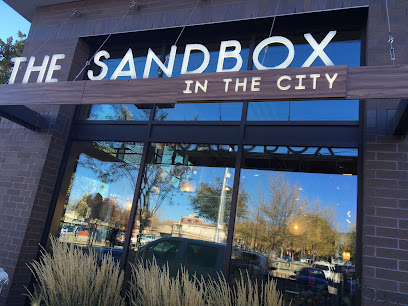
Twig And Squirrel's Wild Goods
Explore Twig And Squirrel's Wild Goods in Saskatoon for unique crafts, beads, and holistic treasures that embody local artistry and creativity.
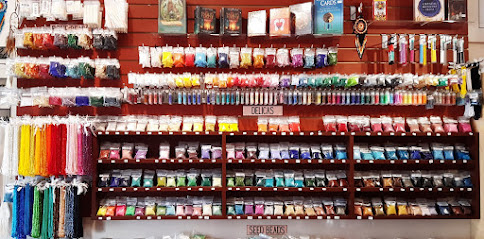
Givygift Shop
Explore the vibrant Givygift Shop in Saskatoon for unique gifts, exquisite jewelry, and festive holiday decorations.
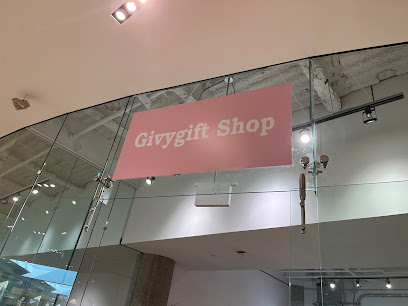
Drinkle Mall
Explore unique shops and delightful dining options at Drinkle Mall, the ultimate shopping destination in the heart of Saskatoon.
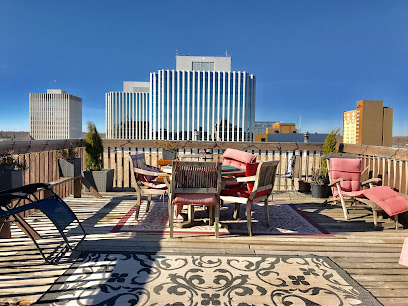
Aritzia
Explore the latest women's fashion at Aritzia in Saskatoon, where style meets quality in a chic shopping experience.
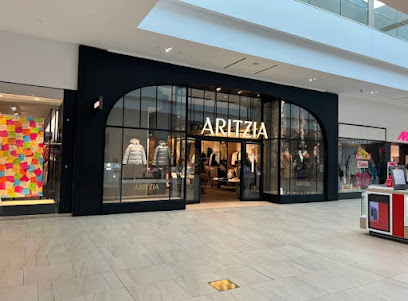
Prairie Proud
Explore Prairie Proud, Saskatoon's premier clothing store showcasing local fashion and quality craftsmanship in a vibrant shopping experience.
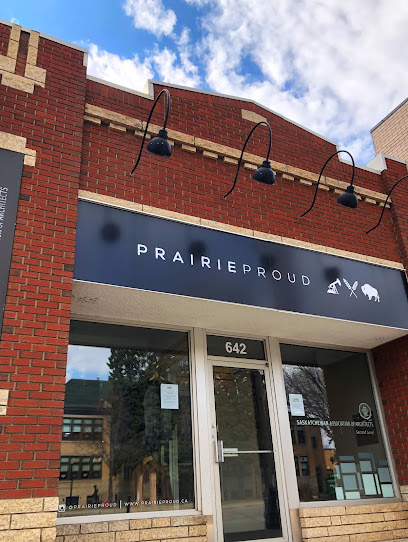
Essential bars & hidden hideouts
Hudsons Saskatoon
Discover Hudsons Saskatoon - the ultimate pub experience with delicious food, local brews, and vibrant atmosphere in the heart of Saskatchewan.
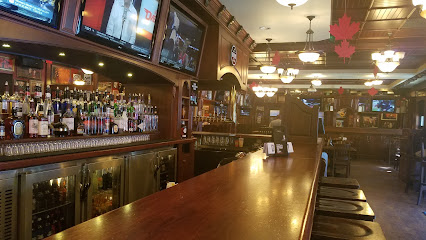
Winston's English Pub & Grill
Experience the charm of British cuisine and lively atmosphere at Winston's English Pub & Grill in Saskatoon.
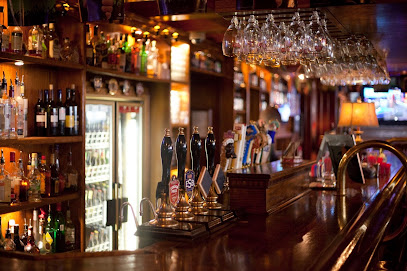
Congress Beer House
Experience the lively atmosphere of Congress Beer House, where local brews and delicious food come together in the heart of Saskatoon.
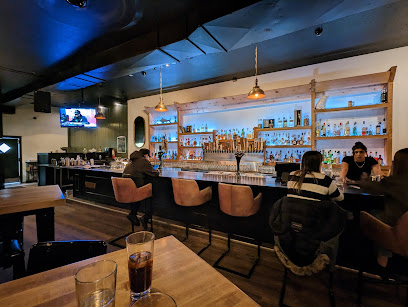
Yard & Flagon
Experience the best of Saskatoon's pub culture at Yard & Flagon, where great food meets a lively atmosphere in the heart of Nutana.
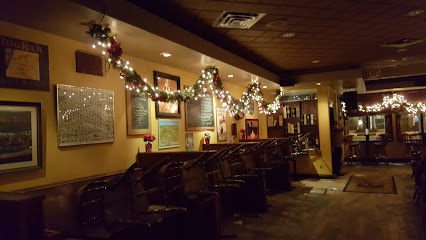
Birmingham's Vodka and Ale House Saskatoon
Discover Birmingham's Vodka and Ale House in Saskatoon - a vibrant pub offering delicious food, a wide selection of drinks, and a warm, welcoming atmosphere.
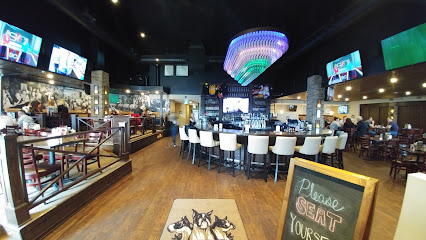
The Rook & Raven Pub
Experience the vibrant culture of Saskatoon at The Rook & Raven Pub, where delicious food meets a lively atmosphere.
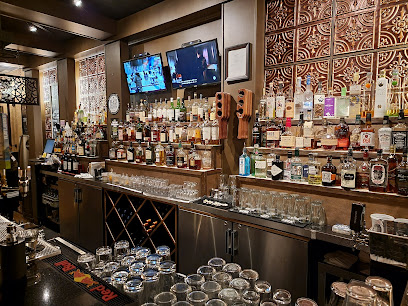
O'Shea's Irish Pub
Discover authentic Irish cuisine and vibrant atmosphere at O'Shea's Irish Pub, a beloved spot in Saskatoon's Central Business District.
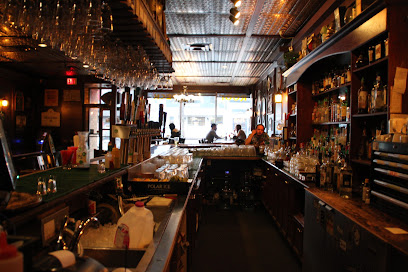
The Thirsty Scholar
Experience the vibrant atmosphere and delicious fare at The Thirsty Scholar, Saskatoon's beloved Irish pub and social club.
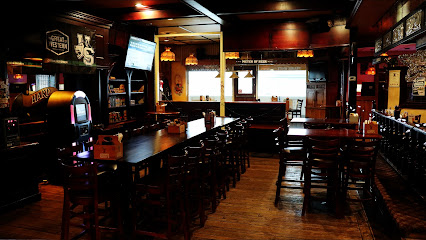
Cathedral Social Hall
Experience the vibrant nightlife at Cathedral Social Hall, a lively bar in Saskatoon offering craft drinks and delicious cuisine in a welcoming atmosphere.
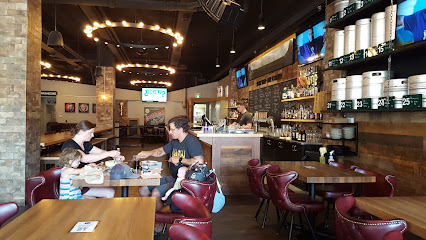
Somewhere Else Pub & Grill
Enjoy a lively evening filled with delicious food and live music at Somewhere Else Pub & Grill in Saskatoon, a true local gem.

Blue Rhino Pub & Grill
Experience the best of Saskatoon's local pub culture at Blue Rhino Pub & Grill, where delicious food and drinks await in a welcoming atmosphere.
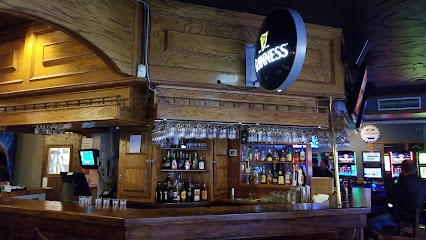
Finns Irish Pub
Discover the vibrant charm of Finns Irish Pub in Saskatoon, where authentic Irish cuisine meets a lively atmosphere and great local brews.

Outlaws Country Rock Bar
Join the excitement at Outlaws Country Rock Bar in Saskatoon, where great music, dancing, and a lively atmosphere create unforgettable nights.
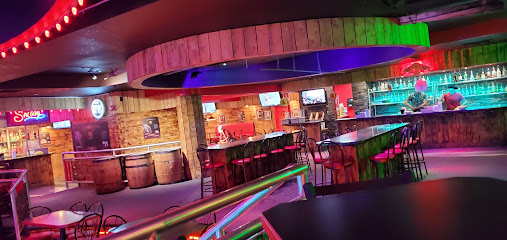
Whiskey Barrel Pub & Eatery
Experience the vibrant flavors and welcoming atmosphere at Whiskey Barrel Pub & Eatery, a must-visit grill and bar in Saskatoon.
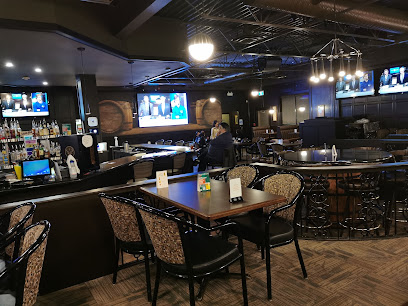
The Feisty Goat Bar And Grill
Experience the vibrant atmosphere and delicious grilled dishes at The Feisty Goat Bar And Grill in Saskatoon, the perfect spot for food lovers and social gatherings.

Local Phrases
-
- HelloHi
[haɪ] - GoodbyeBye
[baɪ] - YesYa
[jɑ] - NoNah
[nɑ] - Please/You're welcomePlease/You're welcome
[pliːz/jʊr ˈwɛlkəm] - Thank youThanks
[θæŋks] - Excuse me/SorryExcuse me/Sorry
[ɪkˈskjuz mi/ˈsɔri] - How are you?How are you?
[haʊ ɑr ju] - Fine. And you?Good. And you?
[ɡʊd. ænd ju] - Do you speak English?Do you speak English?
[du ju spiːk ˈɪŋɡlɪʃ] - I don't understandI don't get it
[aɪ doʊnt ʌndərˈstænd]
- HelloHi
-
- I'd like to see the menu, pleaseCan I see the menu, please
[kæn aɪ siː ðə ˈmɛnjuː pliːz] - I don't eat meatI don't eat meat
[aɪ doʊnt iːt mit] - Cheers!Cheers!
[ʧɪrz] - I would like to pay, pleaseI need to pay, please
[aɪ niːd tu peɪ pliːz]
- I'd like to see the menu, pleaseCan I see the menu, please
-
- Help!Help!
[hɛlp] - Go away!Go away!
[ɡoʊ əˈweɪ] - Call the Police!Call the Cops!
[kɔl ðə kɒps] - Call a doctor!Get a doc!
[ɡɛt ə dɒk] - I'm lostI'm lost
[aɪm lɔst] - I'm illI'm sick
[aɪm sɪk]
- Help!Help!
-
- I'd like to buy...I want to buy...
[aɪ wɑnt tu baɪ] - I'm just lookingI'm just looking
[aɪm ˈdʒʌst ˈlʊkɪŋ] - How much is it?How much does it cost?
[haʊ mʌʧ dʌz ɪt kɑst] - That's too expensiveThat's too pricey
[ðæts tuː ˈpraɪsi] - Can you lower the price?Can you bring the price down?
[kæn ju brɪŋ ðə praɪs daʊn]
- I'd like to buy...I want to buy...
-
- What time is it?What's the time?
[wɑts ðə taɪm] - It's one o'clockIt's one o'clock
[ɪts wʌn əˈklɒk] - Half past (10)Half past (10)
[hæf pæst (10)] - MorningMorning
[ˈmɔrnɪŋ] - AfternoonAfternoon
[ˌæftərˈnun] - EveningEvening
[ˈivnɪŋ] - YesterdayYesterday
[ˈjɛstərdeɪ] - TodayToday
[təˈdeɪ] - TomorrowTomorrow
[təˈmɔroʊ] - 1One
[wʌn] - 2Two
[tu] - 3Three
[θriː] - 4Four
[fɔr] - 5Five
[faɪv] - 6Six
[sɪks] - 7Seven
[ˈsɛvən] - 8Eight
[eɪt] - 9Nine
[naɪn] - 10Ten
[tɛn]
- What time is it?What's the time?
-
- Where's a/the...?Where is the...?
[wɛr ɪz ðə] - What's the address?What's the address?
[wɑts ðə əˈdrɛs] - Can you show me (on the map)?Can you show me (on the map)?
[kæn ju ʃoʊ mi (ɒn ðə mæp)] - When's the next (bus)?When's the next (bus)?
[wɛnz ðə nɛkst (bʌs)] - A ticket (to ....)A ticket (to ....)
[ə ˈtɪkɪt (tu ....)]
- Where's a/the...?Where is the...?
History of Saskatoon
-
Long before the arrival of European settlers, the area now known as Saskatoon was inhabited by Indigenous peoples, particularly the Cree, Dakota, and Métis. The region served as a meeting and trading place for these communities, who thrived on the rich resources provided by the South Saskatchewan River. Artifacts and oral histories passed down through generations highlight the deep cultural and spiritual connection these groups have with the land.
-
In 1883, the Temperance Colonization Society, seeking a place free from the influence of alcohol, selected a site along the South Saskatchewan River to establish a new community. Named after the Cree word 'misâskwatômina,' which refers to the local Saskatoon berry, the settlement began to grow rapidly. The early years were marked by rough conditions, but the settlers' determination laid the foundations for a thriving town.
-
The arrival of the Canadian Pacific Railway in 1890 was a transformative event for Saskatoon. It connected the fledgling community with the rest of Canada, spurring economic growth and facilitating the influx of new settlers. The railway's establishment led to the development of key infrastructure, including grain elevators and warehouses, further cementing Saskatoon as a critical hub in the region.
-
Founded in 1907, the University of Saskatchewan has played a pivotal role in the city's development. Its establishment attracted scholars, students, and researchers from across Canada and beyond, fostering a culture of innovation and learning. The university's contributions to agriculture, medicine, and technology have had a lasting impact on both Saskatoon and the broader world.
-
The 20th century saw Saskatoon experience periods of rapid expansion followed by economic challenges. The city prospered during the early 1900s, driven by agriculture and resource extraction. However, the Great Depression of the 1930s brought significant hardships. Post-World War II, Saskatoon saw another boom, with suburban growth, industrial development, and cultural diversification reshaping the urban landscape.
-
Saskatoon's cultural fabric is a rich tapestry woven from the diverse backgrounds of its residents. The city has become a melting pot of cultures, with significant contributions from Indigenous communities, European settlers, and more recent immigrants from Asia, Africa, and the Middle East. Festivals like Folkfest celebrate this diversity, showcasing the vibrant traditions, foods, and arts of the various communities that call Saskatoon home.
-
Today, Saskatoon is a dynamic city known for its blend of natural beauty and urban sophistication. The South Saskatchewan River continues to be a central feature, with scenic trails and parks lining its banks. The city's thriving arts scene, innovative culinary landscape, and commitment to sustainability reflect its progressive spirit. Modern Saskatoon is a testament to its rich history, continually evolving while honoring its past.
Saskatoon Essentials
-
Saskatoon is located in the province of Saskatchewan, Canada. The nearest major airport is Saskatoon John G. Diefenbaker International Airport (YXE), which is well-connected to many Canadian cities and some international destinations. From the airport, you can take a taxi, rideshare, or public transit to get to the city center. VIA Rail also offers train services to Saskatoon, connecting it to other major Canadian cities.
-
Saskatoon has a comprehensive public transportation system operated by Saskatoon Transit, including buses that cover most parts of the city. Taxis and rideshare services like Uber are also readily available. For those who prefer driving, car rental services are available at the airport and various locations throughout the city. Biking is another popular way to get around, especially in the warmer months, with numerous bike lanes and trails available.
-
The official currency in Saskatoon is the Canadian Dollar (CAD). Credit and debit cards are widely accepted, including Visa, MasterCard, and American Express. ATMs are plentiful, especially in shopping centers and downtown areas. It's advisable to carry some cash for small purchases, especially in markets or smaller establishments.
-
Saskatoon is generally a safe city for tourists, but it is always wise to exercise standard precautions. Avoid walking alone at night in unfamiliar areas, particularly in neighborhoods like Pleasant Hill and Riversdale, which have higher crime rates. Keep an eye on your belongings in crowded places and avoid displaying valuable items openly.
-
In case of emergency, dial 911 for police, fire, or medical assistance. Saskatoon has several hospitals and medical centers, including Royal University Hospital and St. Paul's Hospital. Pharmacies are widely available for minor health issues. It is advisable to have travel insurance that covers medical emergencies.
-
Fashion: Do dress in layers as Saskatoon experiences a wide range of temperatures. In winter, wear warm clothing, including hats, gloves, and scarves. Religion: Do respect local customs and religious practices. When visiting places of worship, dress modestly and remove hats. Public Transport: Do be courteous to fellow passengers and give up your seat to the elderly or disabled. Don't eat or drink on public transport. Greetings: Do greet people with a handshake and a friendly smile. It's customary to say 'hello' or 'hi.' Eating & Drinking: Do try local foods and specialties. Tipping is customary in restaurants, usually around 15-20% of the bill. Don't smoke in public places as it is prohibited by law.
-
To experience Saskatoon like a local, visit the Farmers' Market for fresh produce and local crafts. Take a walk along the Meewasin Valley Trail, which offers beautiful views of the South Saskatchewan River. Attend local festivals such as the Saskatoon Fringe Theatre Festival or the SaskTel Saskatchewan Jazz Festival. Engage with locals at coffee shops or pubs, as they are often friendly and willing to share insights about the city.
Trending Landmark in Saskatoon
-
Landmark Cinemas Saskatoon
-
Saskatoon Forestry Farm Park & Zoo
-
Kinsmen Park
-
Remai Modern
-
Nutrien Playland at Kinsmen Park
-
Wanuskewin
-
Hotel Senator
-
Nutrien Wonderhub
-
The Prairie Lily
-
Beaver Creek Conservation Area
-
Merlis Belsher Place
-
Black Fox Farm and Distillery - Premium Gin & Whisky
-
Sutherland Automotive Speedway
-
River Landing Spray Park
-
SaskMade Marketplace
Nearby Cities to Saskatoon
-
Things To Do in Regina
-
Things To Do in Williston
-
Things To Do in Minot
-
Things To Do in Lewistown
-
Things To Do in Great Falls
-
Things To Do in Glacier National Park
-
Things To Do in Dickinson
-
Things To Do in Columbia Falls
-
Things To Do in Whitefish
-
Things To Do in Kalispell
-
Things To Do in Winnipeg
-
Things To Do in Devils Lake
-
Things To Do in Billings
-
Things To Do in Mandan
-
Things To Do in Polson






